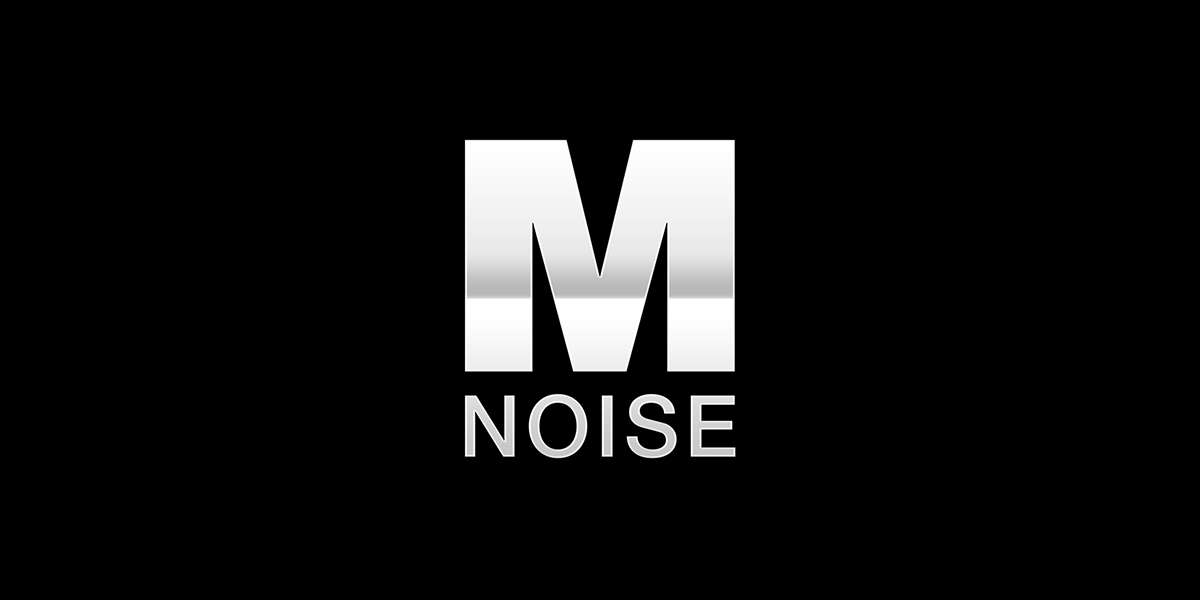Ok adding my 2 cents again on this bass vs. needed wattage subject.
It depends.....
There are speakers that are designed to produce good low frequency bass with small drivers, ported, 1/4 wave horn, transmission line, ect. and then there are speakers that use a large woofer to generate the same low frequency bass.
The speaker that has a larger cone will need to move more air because it has a larger air piston, moving more air = more watts.
The speaker that generates the same bass note at the same db but with a smaller cone does not need the same power to do so, cuz its moving less air, smaller air piston. Because of this, one can not make a blanket statement that you need to have X watts of head room to produce good bass. It depends on the speaker design you have.
Now I do agree that if we are keeping all things equal, same box, same size cone, same amp, same room, same level (db) then the lower the frequency, the more power you will need, its dang near exponential in the amount of power you will need.
A great example of this can be seen in this video where they were testing subwoofers and which is more efficient a sealed box or a ported box.
Subwoofer power needs, sealed vs ported. Not that my point hinges on ported vs sealed, but in this test you will see that when all things are equal, the lower the frequency the more power it takes to make the same db.
Now back again to the purpose of these small amps, in my opinion, are not designed to drive full range large speakers in medium or large rooms, they do not have the power to do that with most speaker designs. But if used as intended, they work great for small rooms or for desktop applications at modest db levels.



